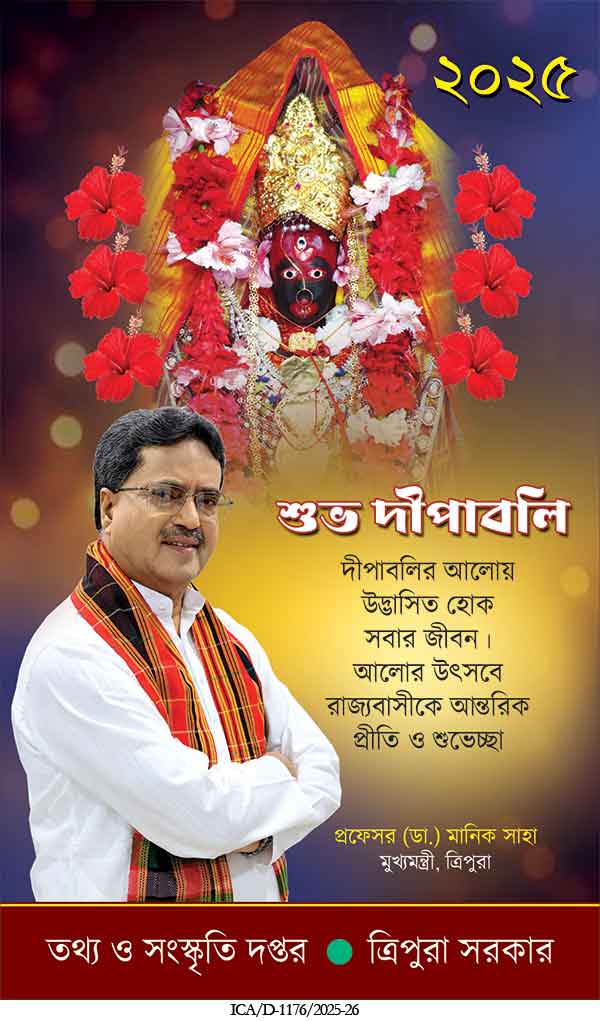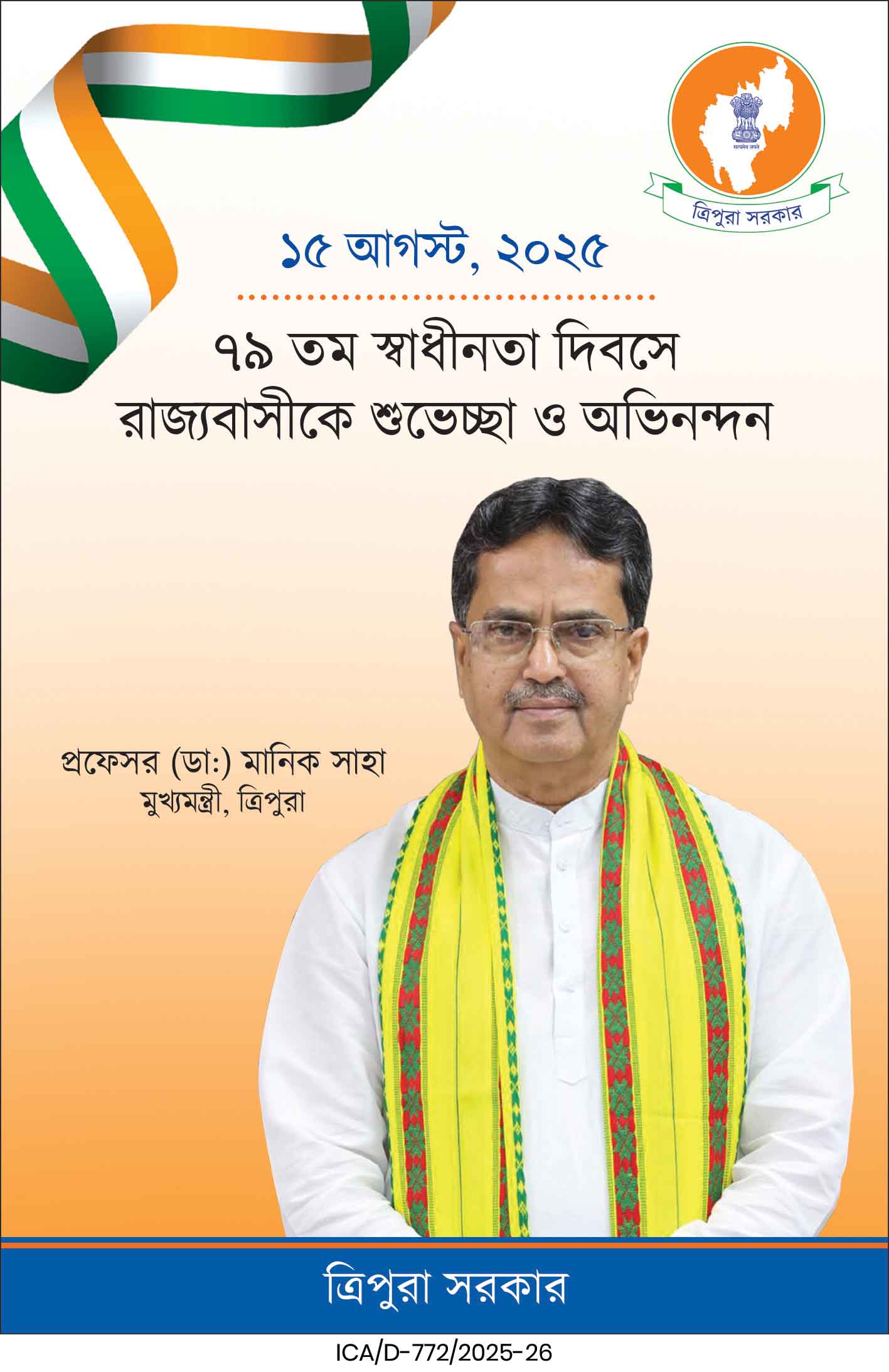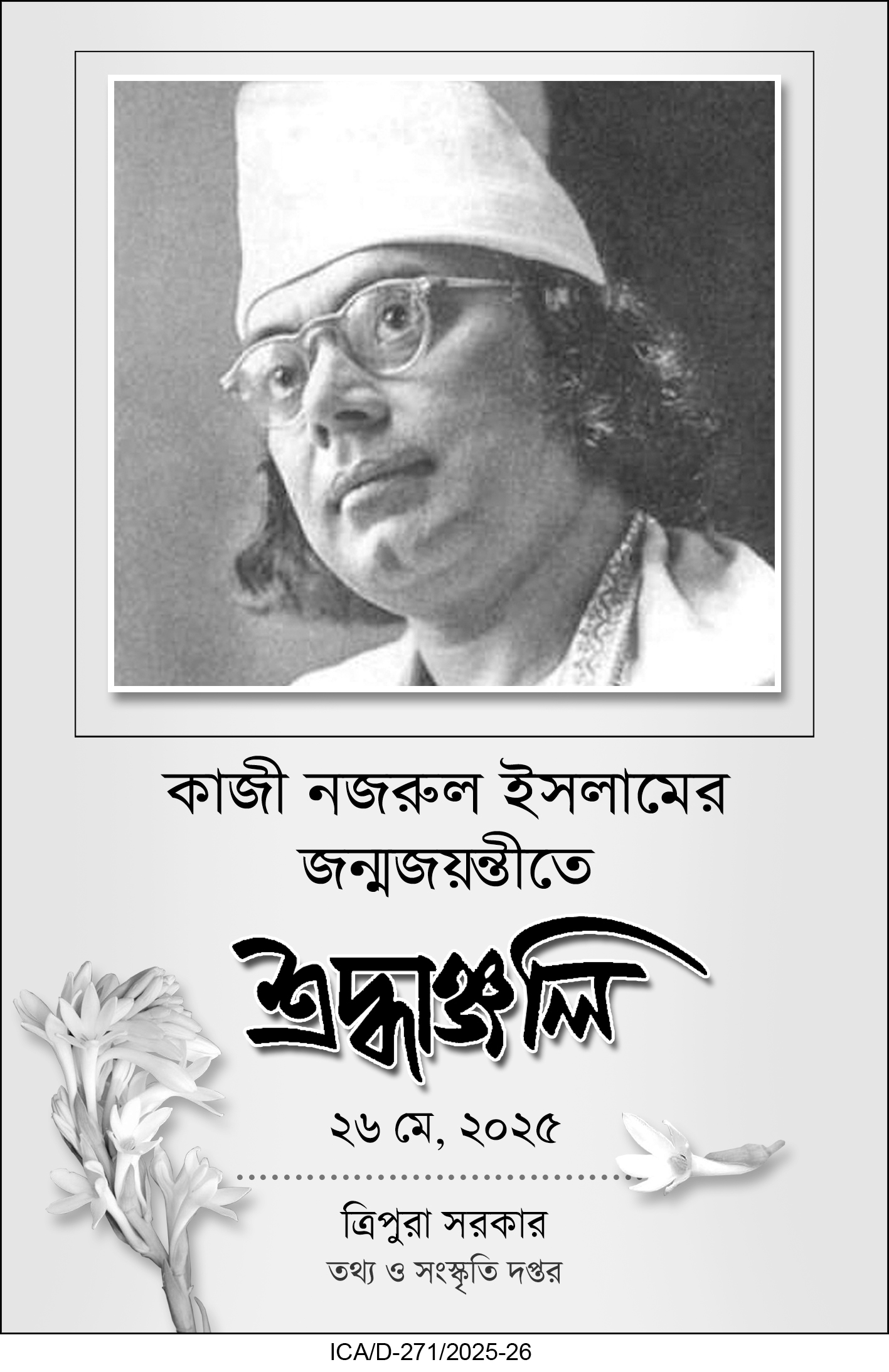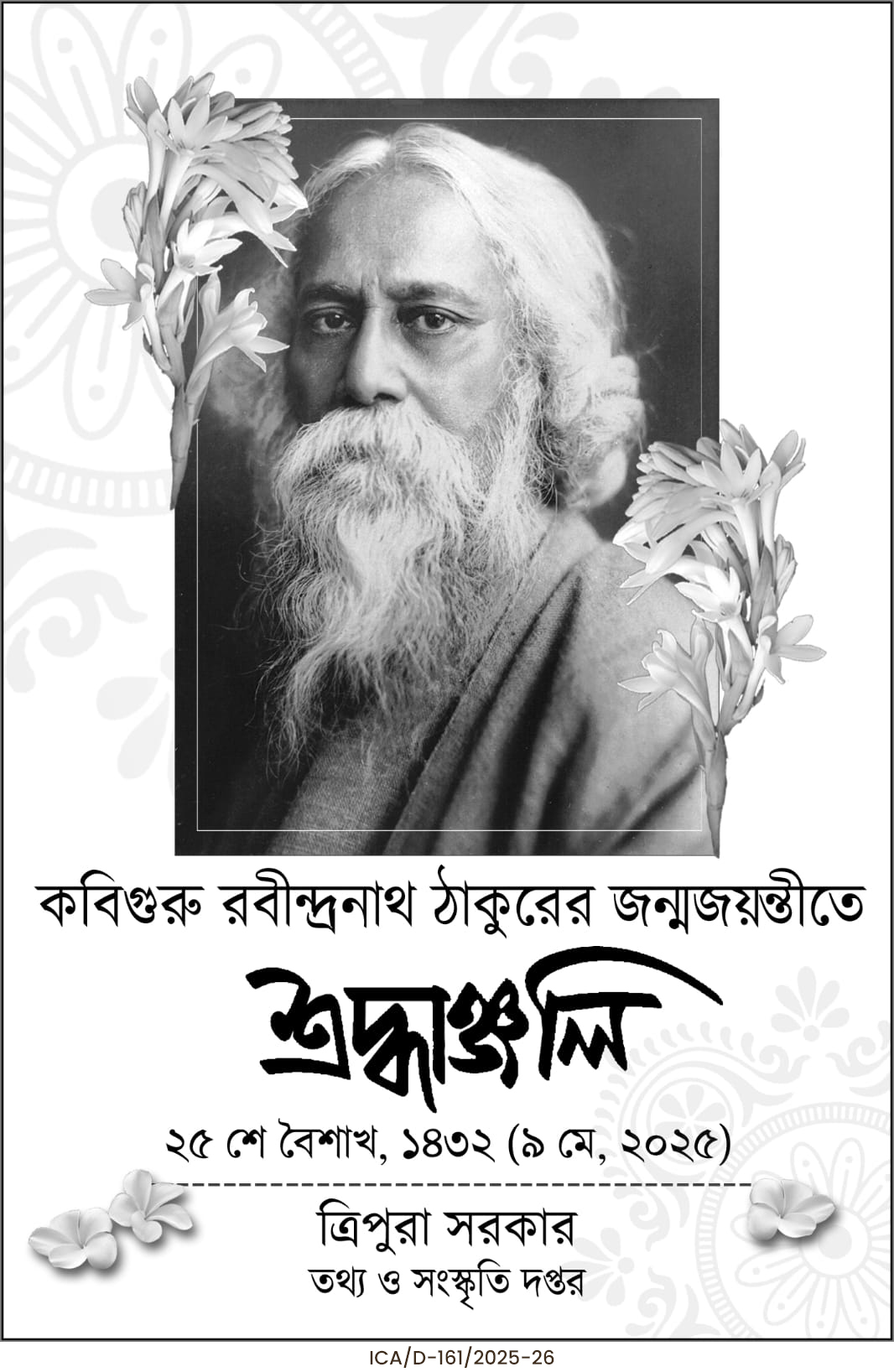The Tripura Forest Department, under the IGDC CREFLAT Project, has trained 870 participants to adopt scientific fish farming. With 427 check dams suitable for fisheries, over 17,800 villagers will benefit from composite fish culture, boosting income, food security, biodiversity conservation, and climate resilience across rural Tripura.
The Tripura Forest Department has successfully completed a series of capacity-building programmes on scientific fisheries under the Indo-German Development Cooperation (IGDC) CREFLAT Project, aiming to promote sustainable livelihoods and climate resilience in rural areas. The initiative, supported by the German Bank KfW with GOPA as Project Management Consultants, has opened new opportunities for thousands of villagers across Dhalai and North Tripura.
Between 20 and 26 August 2025, extensive training sessions were held in Ambassa, Manu, WLW Gomati, Dharmanagar, and Kanchanpur sub-divisions. A total of 870 participants attended these sessions, receiving hands-on training from senior officials of the Forest and Fisheries Departments, project officials, and technical consultants. The focus of the training was on scientific fish farming practices, including the right selection of fingerlings, pond preparation, feeding management, and marketing strategies.
Building Resilient Landscapes Through Fisheries
The IGDC CREFLAT Project covers 129 villages across 11 development blocks. Its primary aim is to create resilient landscapes through soil and water conservation interventions such as check dams and water storage structures. Out of a target of 645 check dams, 443 have already been constructed, with 427 deemed suitable for composite fish culture.
This infrastructure development is a major step forward, as it will allow 17,876 project stakeholders to adopt composite fish farming as a viable and sustainable livelihood option. By integrating fisheries with water conservation projects, the initiative ensures that natural resources are used optimally while also enhancing the income base of rural communities.
Economic and Social Benefits
The adoption of composite fishing is expected to have far-reaching socio-economic impacts. Direct beneficiaries—mainly rural households—will earn income from fish production, while indirect beneficiaries include those engaged in fish seed production, supply chains, and allied services.
Officials explained that fish seed can be sourced locally, either from forest-based growers, government farms, or private hatcheries, ensuring accessibility and affordability. Moreover, the project will extend support to Self-Help Groups (SHGs), Joint Forest Management Committees (JFMCs), and Village Development Planning and Implementation Committees (VDPICs) by providing crucial inputs like fish seed and feed supply.
This integrated model is designed not only to boost income and food security but also to strengthen biodiversity conservation, enhance community participation, and establish long-term sustainable livelihood options.
A Step Towards Climate Resilience
Tripura, being ecologically sensitive and largely dependent on natural resources, is vulnerable to the effects of climate change. By promoting composite fish farming in check dams and water bodies, the IGDC project seeks to diversify rural income sources while reducing dependence on shifting cultivation and unsustainable resource extraction.
According to project experts, this model will also help communities adapt better to erratic rainfall, soil degradation, and water scarcity by ensuring year-round productivity from integrated fishery systems.
Training and Community Empowerment
The training programmes were designed to equip participants with practical knowledge on scientific fishery techniques. Trainers emphasized market-driven selection of fish species, ensuring that farmers align their production with consumer demand trends. In addition, technical guidance was provided on maintaining water quality, disease management, and sustainable harvesting methods.
By empowering communities with skills and knowledge, the IGDC CREFLAT Project ensures that participants not only benefit financially but also develop a sense of ownership over the initiative. This participatory approach increases the likelihood of long-term sustainability and community-led conservation.
Looking Ahead
With 17,876 stakeholders set to adopt composite fish culture, Tripura is taking a major step toward integrating sustainable natural resource management with livelihood development. The project has already demonstrated its effectiveness in combining environmental conservation with poverty reduction, making it a model initiative for rural development and climate adaptation.
| Also Read: Indian Railway Chairman board meets Mizoram CM |
Officials noted that as the project scales up, more rural households will benefit from improved income, food security, and resilience against climate shocks. At the same time, the initiative contributes to the state’s biodiversity goals by ensuring that fisheries development complements ecological balance.
The IGDC CREFLAT Project thus marks a significant milestone for Tripura’s rural communities, opening the door to sustainable prosperity and resilience for thousands of families.





